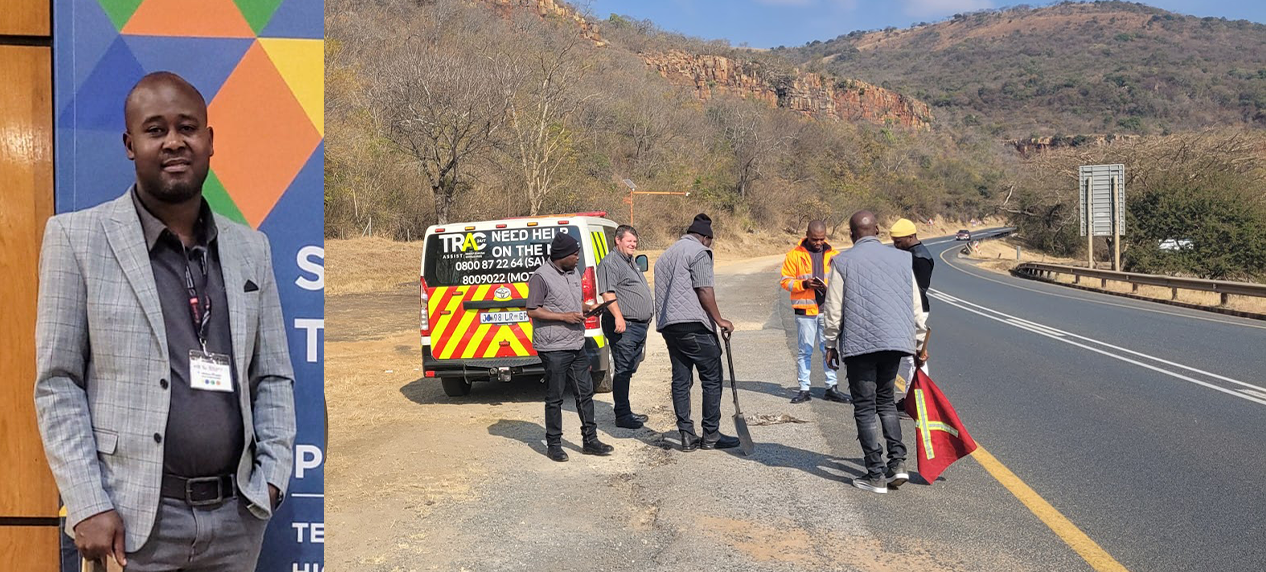Green roads and highways protect biodiversity
By Dr Thabo Hlatshwayo, Wildlife and Transport Project, Senior Field Officer

Earlier this month, I had the opportunity to address around 700 delegates to the South African Transport Conference about the importance of green transport and steps that can be taken to mitigate the impact of national highways on habitat use and movement by wildlife.
This is the longest running transport conference in southern Africa serving as a forum to debate transport-related issues, including the provision of transport infrastructure, learn more about research in this field, new technological developments, and to build capacity.
During my presentation, I highlighted the fact that although transport infrastructure is critical to sustainable human economic development and society, poorly designed and built roads and highways may have negative ecological impacts.
Establishing green transport infrastructure has become an important element of sustainable development frameworks, and maintaining ecological connectivity between road-fragmented landscapes plays a significant role in conserving wildlife populations. Poorly planned transport infrastructure development can have severe impacts on ecological connectivity and species survival.
Roads can create barriers to wildlife movement, limiting the ability of terrestrial wildlife to find water, food, and mates. Furthermore, road fragmented landscapes accelerate incidents of wildlife-vehicle collisions. Whilst these incidents almost always result in wildlife mortality, they also impact populations of threatened and endangered species and pose road safety concerns for other road users (people).
These impacts are particularly relevant in South Africa, which has diverse and robust wildlife populations and is still transitioning to a greener economy.
My recently-completed PhD studies in ecological science expand on previous research by emphasising the urgent need for adopting road development projects that optimise social and economic benefits while safeguarding biodiversity and ecosystems through the consideration and inclusion of ecological connectivity through wildlife crossing corridors. This study explored wildlife roadkill patterns and animal movement on South Africa’s national highways that intersect landscapes that are critical for biodiversity. We also evaluated the usefulness of existing road drainage underpasses not purposely built for wildlife by using camera traps at bridges, culverts and tunnels to determine whether these help animals to move across highways safely, contributing to a reduction in roadkill incidents and improving landscape ecological functionality.
The findings have been helpful in the following ways:
- Guiding monitoring and modifying existing under-road culverts for reducing road-related biodiversity effects in South Africa and
- Offering insights into the constraining variables that influence crossing structure index by wildlife.
- Promoting the consideration and inclusion of ecological connectivity and biodiversity needs in road transport development sustainability frameworks in South Africa.
